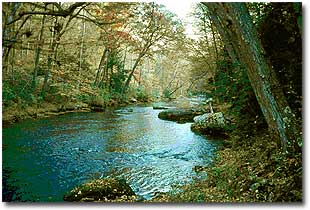 The Maryland Forest Watershed Management Program was created to answer the question:
The Maryland Forest Watershed Management Program was created to answer the question:
How can forests improve watershed health?
Simply put, trees are natural filters for our water and the land surrounding the water, or what’s called the watershed. They filter the air by removing C02 from the atmosphere and releasing oxygen into the air through the process of photosynthesis. Their roots hold the soil together and take up nutrients in the ground such as nitrogen and phosphorus, preventing erosion and sediment and nutrient runoff into waterways. Whether in an urban or rural landscape, whether it’s 50 trees or 50 acres, a forest stand has innumerable benefits for us and our watersheds.
Forests are the foundation for a healthy ecosystem with clean water, and viable wildlife habitat, and even just a few roadside trees are a major factor in urban quality of life. A fundamental step in restoring the Chesapeake Bay is expanding our forest area to reduce nutrients washing into our waters and the resulting harmful algae blooms in the Bay that have become common news. Targeting forests to sensitive areas – such as floodplains, stream sides, shorelines, seeps, steep slopes, erodible soils or headwater areas – can prove particularly beneficial for water quality and riparian and aquatic habitat.
The Maryland Forest Service has a range of programs and projects aiming to expand and maintain the state’s forests so they can provide the very ecosystem services discussed above. Some of the following links highlight programs offered to the public and examples of department and the Forest Service’s partnership with cities, counties, government agencies and everyday citizens and private landowners.